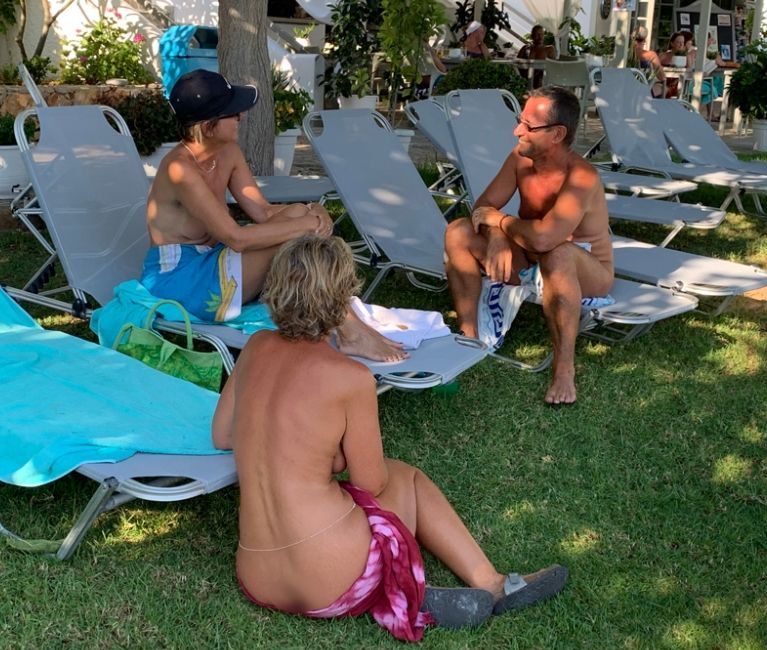
The article Musings about the Double Standard in Naturism appeared this June, but is certainly still worth a response.
It’s clear there is different treatment of men and women in naturism. The article cites many examples. But it’s no mystery. The fact is that large parts of the culture and customs of most societies around the world are based merely on historical, happenstance tradition, have scant useful purpose, and are too often irrational and silly. And once established, they’re perpetuated from generation to generation. That’s why they vary so much between different societies.
This is especially true of norms and customs having long-standing differences in the treatment of men and women. There is usually very little justification for most of these differences. But they indisputably exist, so the fact that they’re also manifest in naturism is not mysterious at all.
Particularly in naturism, of course, the differences need to be mostly or entirely eliminated. But this is very difficult, because naturists and all who interact with them have been shaped and constrained by the irrational customs of the society they live in. And what is considered “proper” or “acceptable” clothing is one of the most obvious and problematic aspects. The choice not to wear clothes at all is hardly the only choice affected. There are dramatic differences in the types of clothing expected to be worn by men and women in a variety of social settings.
This may even work to women’s advantages in some circumstances, such as in a workplace. Women often have more freedom to choose the style of clothing they prefer. This may include the acceptability of showing more bare skin from the neck area and arms down to the feet. Except, of course, at the beach or other informal setting, where exposure of one’s chest is usually forbidden to women.
Most societies are quite irrational in this respect, but it’s such a prominent example of the wider differences in how men and women are treated. Societies in general are rather unreasonably concerned with a person’s choice of clothing style – including nudity, especially. It’s true that people often make clothing choices deliberately to send a message – a statement of personal identity – which might be either of conformity or nonconformity. But that should be a person’s fundamental right.
Prevailing cultural norms and customs contribute strongly to a woman’s reluctance to become involved in naturism. Even if a woman would like to enjoy social nudity, she’ll probably feel – often correctly – that participating in social nudity could well be risky. The worries include being considered “slutty”, her body being judged and commented on, and unwanted sexual attention. Men certainly also have similar though slightly different worries. Human societies usually make violations of norms and customs problematical – too frequently without good justification. As a result, harmless variations from norms and customs are unfairly and unreasonably discouraged.
Of course, sexual harassment is wrong anywhere. But it’s quite prevalent in many social contexts. Although harassment is far less of a problem in the naturist context, it’s understandable why most women might be skeptical. And in contexts such as clothing-optional beaches, where both naturists and non-naturists are present, the concern may be justified.
What’s the take-away here? What should a woman do if she’s intrigued by the idea of social nudity but worried about what that might entail? Unfortunately, life has very few absolute certainties. Sometimes, in order to embrace attractive possibilities, it’s necessary to take risks. Choosing a partner for a long-term relationship is a perfect example. It might not turn out as well as hoped. (And for a majority of people these days, that’s often the case.) Decisions whether or not to start a family, take a new job, try out sky-diving, or even go for a vacation in an unfamiliar country are other good examples. But nothing ventured, nothing gained.
There certainly are things women can do to make the exploration of social nudity safer and more likely to be fulfilling. For instance, having a partner or good friend go along too. Or carefully choosing a reputable naturist club or resort in which to take the plunge. There are too many other good approaches to list here. But as with most other decisions a person might make, there are always ways to figure out how to proceed in order to address the issues and minimize the risks.
